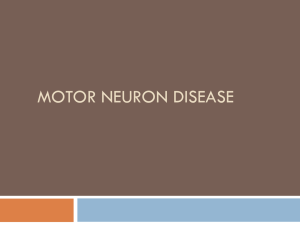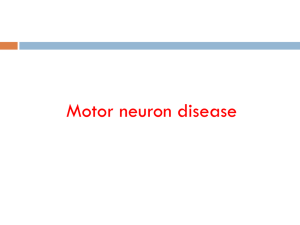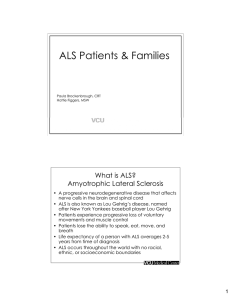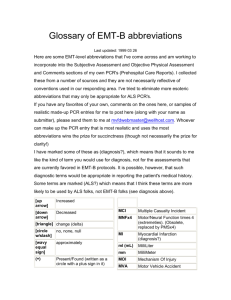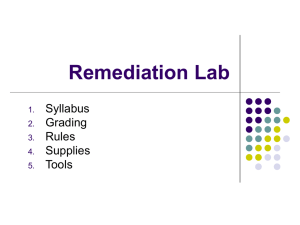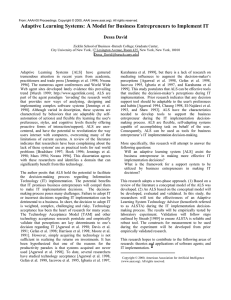AND IF IT WAS NO ALS
advertisement
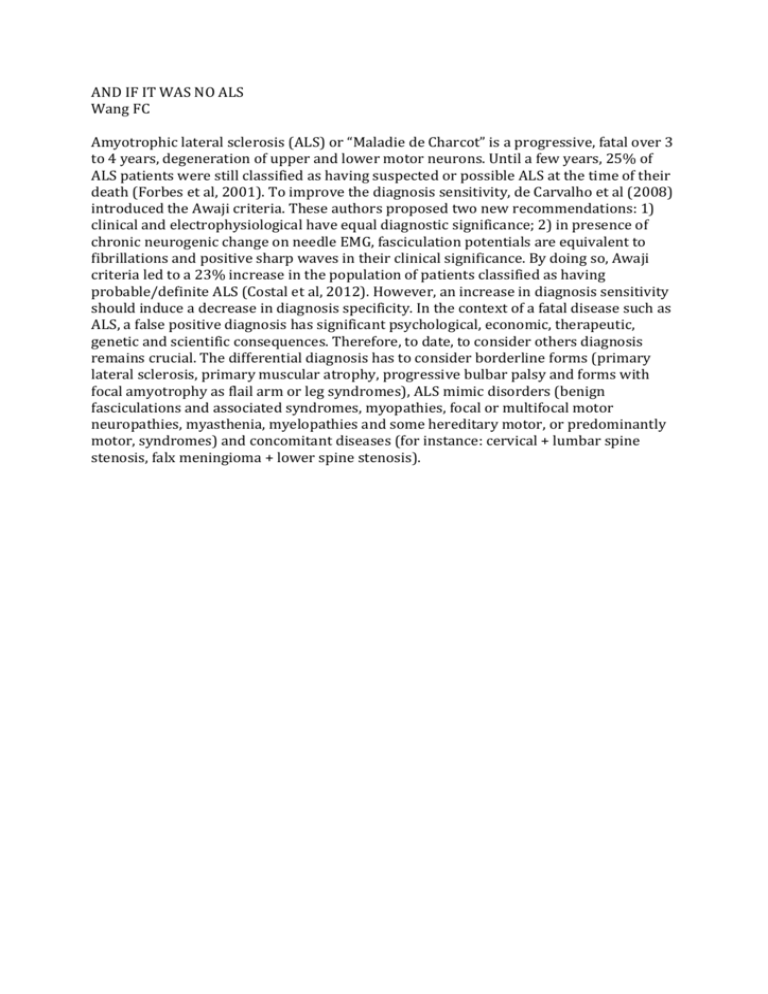
AND IF IT WAS NO ALS Wang FC Amyotrophic lateral sclerosis (ALS) or “Maladie de Charcot” is a progressive, fatal over 3 to 4 years, degeneration of upper and lower motor neurons. Until a few years, 25% of ALS patients were still classified as having suspected or possible ALS at the time of their death (Forbes et al, 2001). To improve the diagnosis sensitivity, de Carvalho et al (2008) introduced the Awaji criteria. These authors proposed two new recommendations: 1) clinical and electrophysiological have equal diagnostic significance; 2) in presence of chronic neurogenic change on needle EMG, fasciculation potentials are equivalent to fibrillations and positive sharp waves in their clinical significance. By doing so, Awaji criteria led to a 23% increase in the population of patients classified as having probable/definite ALS (Costal et al, 2012). However, an increase in diagnosis sensitivity should induce a decrease in diagnosis specificity. In the context of a fatal disease such as ALS, a false positive diagnosis has significant psychological, economic, therapeutic, genetic and scientific consequences. Therefore, to date, to consider others diagnosis remains crucial. The differential diagnosis has to consider borderline forms (primary lateral sclerosis, primary muscular atrophy, progressive bulbar palsy and forms with focal amyotrophy as flail arm or leg syndromes), ALS mimic disorders (benign fasciculations and associated syndromes, myopathies, focal or multifocal motor neuropathies, myasthenia, myelopathies and some hereditary motor, or predominantly motor, syndromes) and concomitant diseases (for instance: cervical + lumbar spine stenosis, falx meningioma + lower spine stenosis).



